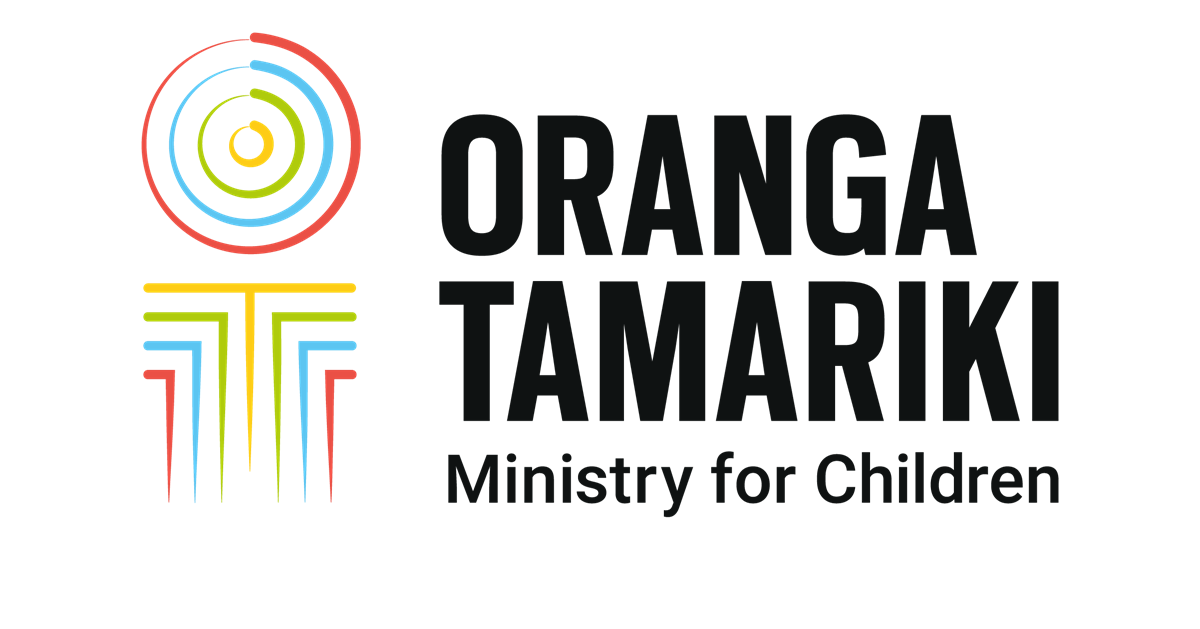Youth19 Rangatahi Smart Survey reports
Published: August 2, 2022
Six reports have been produced from the Adolescent Health Research Group’s Youth19 Rangatahi Smart Survey. The reports compare outcomes between students who reported involvement with Oranga Tamariki and those who did not.
Background
Youth19 is the latest in the Youth2000 series of New Zealand adolescent health and wellbeing surveys and surveyed 7,721 year 9–13 students in 49 secondary schools including 4 kura kaupapa Māori in the Auckland, Northland and Waikato regions.
Approximately 9% of Youth19 participants reported ever having involvement with Oranga Tamariki and approximately 2% reported current involvement. The Youth19 survey questions are framed to capture the maximum number of young people who have engaged with Oranga Tamariki resulting in a subject population large enough for statistically powerful results. The questions do not distinguish between whether a young person has been in care or if they have interacted with Oranga Tamariki another way.
Young people who are Māori, Pacific, gender diverse, sexuality minority, attending Alternative Education, or not in employment, education or training were disproportionately involved with Oranga Tamariki. Younger students reported higher rates of ever having been involved with Oranga Tamariki which may reflect earlier school leaving among students with a history of Oranga Tamariki involvement.
When interpreting these findings it is important to note that involvement with Oranga Tamariki is not necessarily the direct cause of the findings in this report, but the cause of the findings could be why Oranga Tamariki became involved.
For more information on the Youth19 Survey and further publications see the Youth19 website.
Key findings
Takatāpui and rainbow young people
Approximately 14% of takatāpui and rainbow young people in Youth19 have been involved with Oranga Tamariki, compared to 9% for cis-heterosexual young people.
Compared to other groups, takatāpui and rainbow young people who had been involved with Oranga Tamariki were less likely to live with both parents.
Takatāpui and rainbow young people involved with Oranga Tamariki reported high rates of giving time to help others in their school or community and were more likely to report having an adult outside the family they can talk to, who respects what’s important to them, and trust to share their feelings with. Levels of connectedness with friends were high for takatāpui and rainbow young people with and without involvement with Oranga Tamariki.
Takatāpui and rainbow young people reported major mental health needs, with most reporting symptoms of depression and serious thoughts of suicide in the last year. Levels of being harmed by an adult in the home or of sexual violence or abuse are nearly double for takatāpui and rainbow young people who have been involved with Oranga Tamariki than those who have not had involvement.
Identity and cultural connectedness
Despite knowing about their culture and language, non-Māori students involved with Oranga Tamariki were generally less likely to report feeling comfortable in their cultural settings and knowing about their family’s origin than Māori students and those not involved.
Approximately one in ten gender diverse students were currently involved with Oranga Tamariki, around five times the proportion of cis-gender students. Same- or multiple-sex attracted students were approximately twice as likely to be involved with Oranga Tamariki as exclusively ‘opposite’ sex attracted students.
Housing and home life
Young people with Oranga Tamariki involvement experienced considerably higher levels of housing and material insecurity than those who have never been involved. Nearly 60% of students involved with Oranga Tamariki reported some form of housing deprivation in the last 12 months and half reported that their families worried about finding money to pay for food.
Most young people live with at least one parent. However, students responding as being ever involved with Oranga Tamariki were twice as likely to live in a household with only one of their parents, or live between parents, than those never involved with Oranga Tamariki. Students currently involved with Oranga Tamariki were eight times more likely to live with family members that were not their parents than students not involved with Oranga Tamariki.
Most young people, including those that reported being ever and currently involved with Oranga Tamariki, feel safe in their home, have parents or caregivers that care for them and report positive family relationships.
Connectedness with friends was high for most participants, although those that had been involved with Oranga Tamariki appeared to have marginally lower levels of connectedness with friends than those with no involvement.
Mental and physical health and healthcare access
For young people reporting involvement with Oranga Tamariki, the majority reported very good or excellent overall health and around half reported good emotional wellbeing.
However, 44% were screened to have depressive symptoms and 22% had attempted suicide in the last 12 months.
Community and contexts
For young people reporting involvement with Oranga Tamariki, the majority felt a part of their school and felt safe at their school. Compared with young people never involved with Oranga Tamariki, those ever involved were more likely to:
- look after others at home (e.g., younger or older family members) at least weekly
- belong to a cultural group, diversity group, or other type of group (music, dance, gaming)
- smoke cigarettes, and use marijuana
- have been hit or harmed by others, been hit or harmed by an adult in the home, and experienced sexual violence, abuse or unwanted sexual behaviours
- have been in trouble with the police and treated unfairly by the police because of their ethnicity – noting that when students report involvement with Oranga Tamariki it can include involvement with Youth Justice.
Youth Voices
This report presents the responses of Youth19 participants who were involved with Oranga Tamariki at the time of the survey and answered one or more of six open-text survey questions. Although there were differences in young people’s responses to the various question areas, there are overarching themes across all areas. These were:
- A powerful call for connection, togetherness, and love - especially with family
- Wanting safety at home and school
- The need to have a say and be treated fairly in living arrangements and at school
- Needs for basic material resources: warmth and housing
- Wanting to help others and to have help when things go wrong.

